MACRO OCTOBER IN MARLERA - Episode Eight - FRIDAY THE 13TH
The second Friday of this warm October happened to coincide with the most evocative of all numbers that can be attributed to any Friday of any month. I don't know how, when, and where the superstition regarding the number 13 started, nor am I in the mood to search the Internet in the hope of finding some revelation about the topic. I'll have more than enough work with the scientific names of the plants and animals I'll be presenting in today's episode. For me Friday the 13th is first and foremost a slasher movie. I don't have a special fondness for that legendary movie but I love Horrors so I like Friday the 13th as well. I saw some sequels, but I don't remember them, although I do recall being fairly solidly entertained by those movies. There was one in space, that was kinda memorable due to the unexpected setting. OK, that's enough about old movies and ancient superstitions ...
... let's start the macro mania.
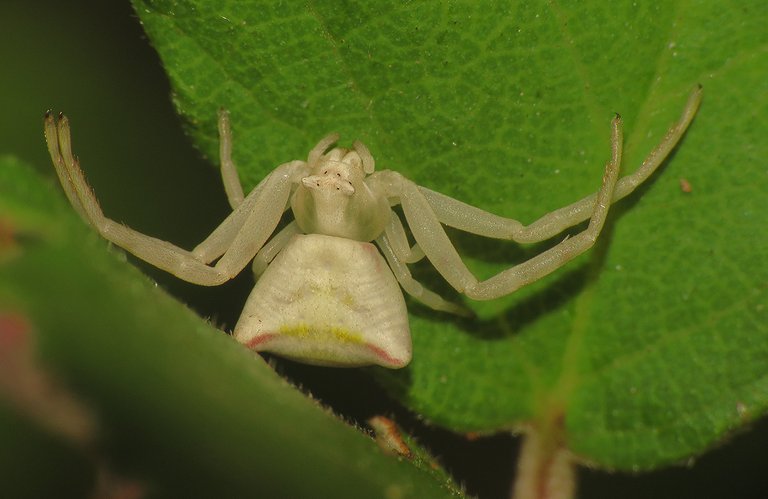
The beautiful crab spider, shown in this photograph ...
... was found and photographed on the leaves of the blackberry shrub. Or more precisely, on the leaves of one of the many Rubus ulmifolius blackberry shrubs that grow in Marlera. Now, if you didn't do it after reading the post's title, you may ask: What the heck is Marlera?
Well, as I repeat in every episode, Marlera is the name of a coastal area a couple of kilometers from the village of Liznjan and about five or six kilometers from where I live.
When it comes to the spider, the name of the species is Thomisus onustus. This species from the Thomisidae appeared in quite a few of my older posts, which means that I already wrote quite a few facts about its biology. I'm not in the mood to repeat all the usual stuff, so if you would like to know more, there'll be a link at the end of the post. There is one amazing thing that I didn't know before, and I'm going to tell you all about it right now.
If there's a shortage of insects, these spiders can survive on pollen and nectar for more than a month. In juvenile spiders, this adaptability to atypical food is even more important, especially in early spring. Absolutely amazing. The adult Thomisus onustus female shown here was resting on the upper surface of the Rubus ulmifolius leaf.
On the opposite side of another leaf on the same shrub, I found a moth that resembles a crucifix. I took this photograph, and then the moth flew away.
About ten meters further, on another shrub of the same kind, I photographed the same moth again.
Amblyptilia acanthadactyla is the name of this interesting species from the Pterophoridae family.
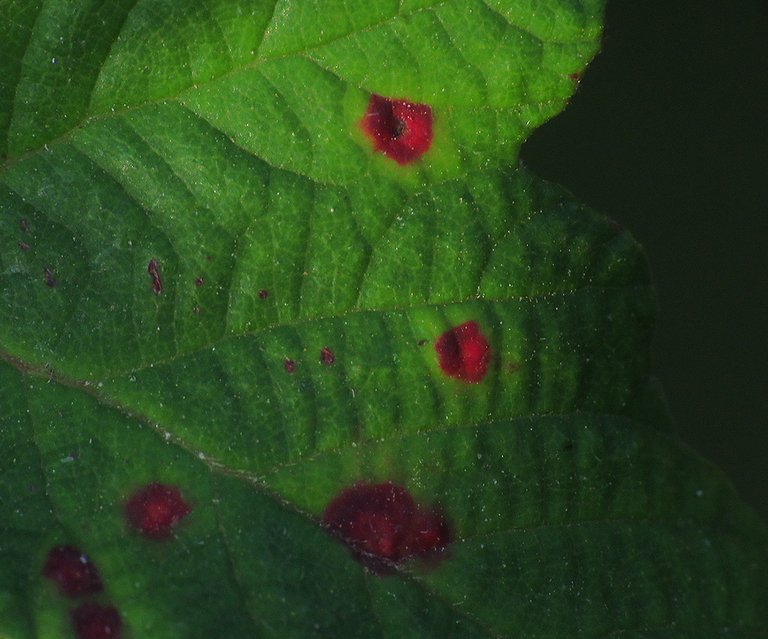
Some leaves of that shrub were decorated with lovely red dots.
The dots were scattered across the upper surface of the leaves.
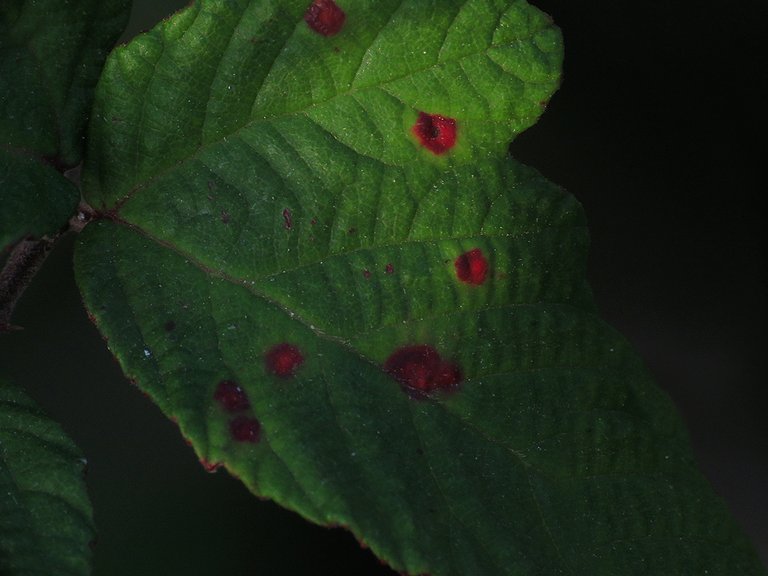
These lovely decorations were provided by the microscopic fungus scientifically known as Sphaerulina westendorpii. In the following photograph ...
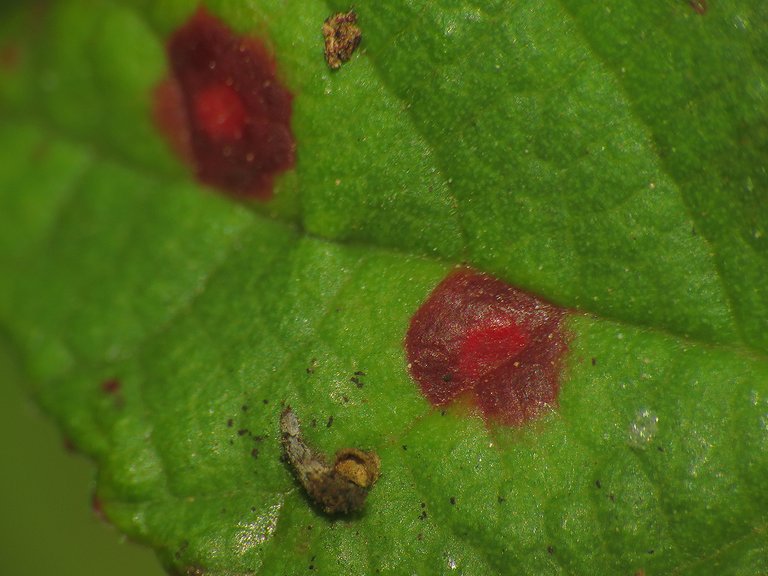
... I used the macro lens to get very close to one of those red things.
This fly was resting on one of the infected leaves. I'm not sure about the exact species, but I can confidently say that it belongs to the Lauxaniidae family. It could be a Minettia fasciata female.
Here you can see a leaf that gave a small dose of autumnal colors to this prevalently green October post.
I had plenty of fun sniffing around the blackberry shrubs.
Just like the Thomisus onustus introduced earlier, this small, juvenile spider also belongs to the Thomisidae family.
The name of the species is Runcinia grammica.
The spider was found and photographed on the almost completely dry stem of the Echium italicum plant.
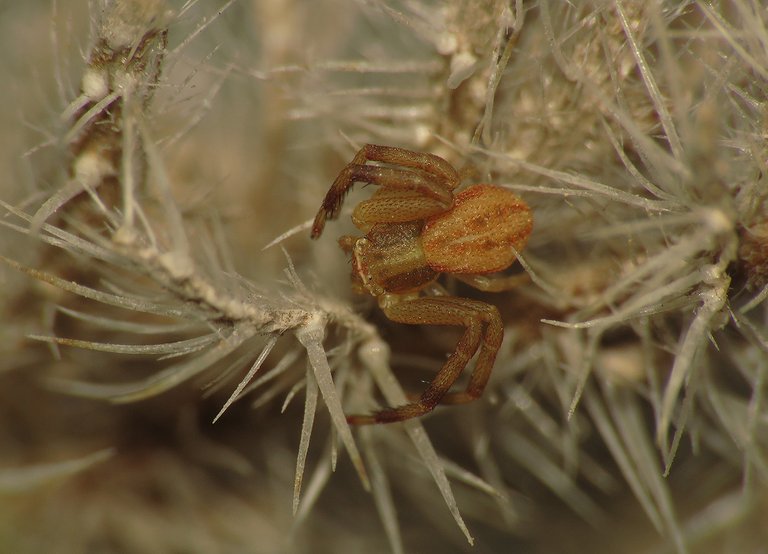
I found two juvenile Runcinia grammica hidden among the spikes and hairs of the plant. In this and the following photograph ...

... you can see the second of the two.
This small snail sealed in its shell has found a nice quiet place among the hair and spikes near the top of the plant. I'm not sure about the species. Could be a juvenile Theba pisana, a snail from the Helicidae family.
In the grass around the Echium italicum "tower" ...
... I found a well-camouflaged grasshopper. First I took one shot in ambient light, and then ...
... I took another one using slightly different settings and the flash of my camera. In both photographs the insect is successfully hiding in plain sight - hope you'll be able to find it. The name of the species is Acrida ungarica.
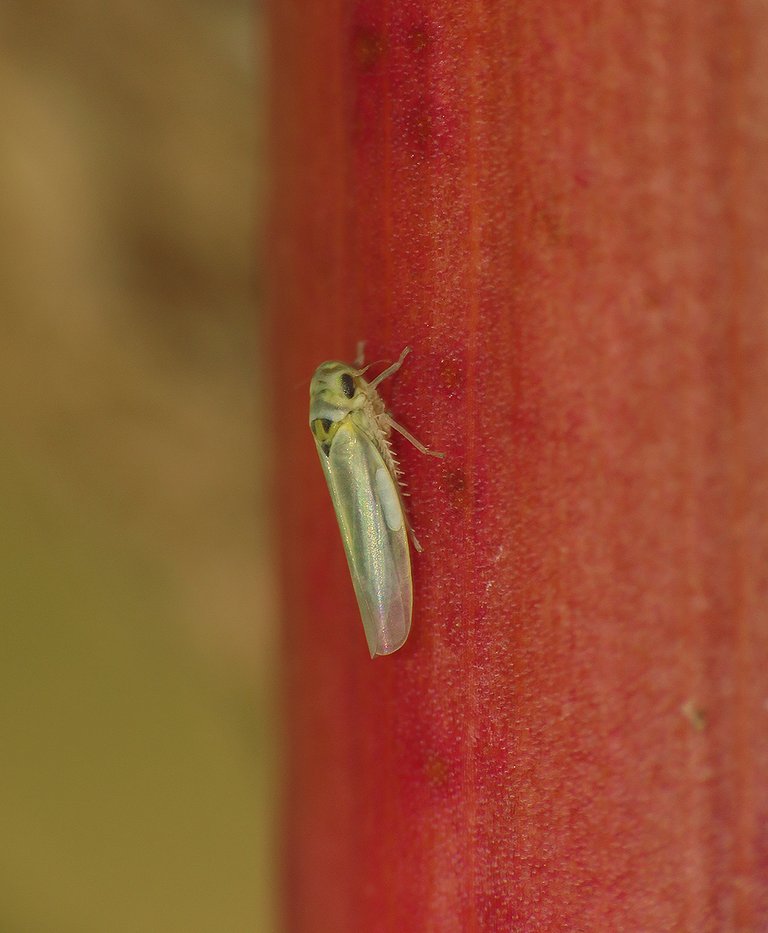
This tiny leafhopper, the Zyginidia pullula from the Cicadellidae family ...
... was photographed on the lower part of a big, tall, and almost completely dry Foeniculum vulgare plant.
You can see the entire plant in this photograph.
Pezotettix giornae is a grasshopper that appears in almost every episode of this series, here you can see one resting on one of the stems of that same plant. In the following shot ...
... you can take a look at the same grasshopper photographed in ambient light.
Despite not finding much on it, I enjoyed exploring this plant very much, and that's primarily because of its color. A good dose of magenta looked great among the usual greens and browns of the meadow.
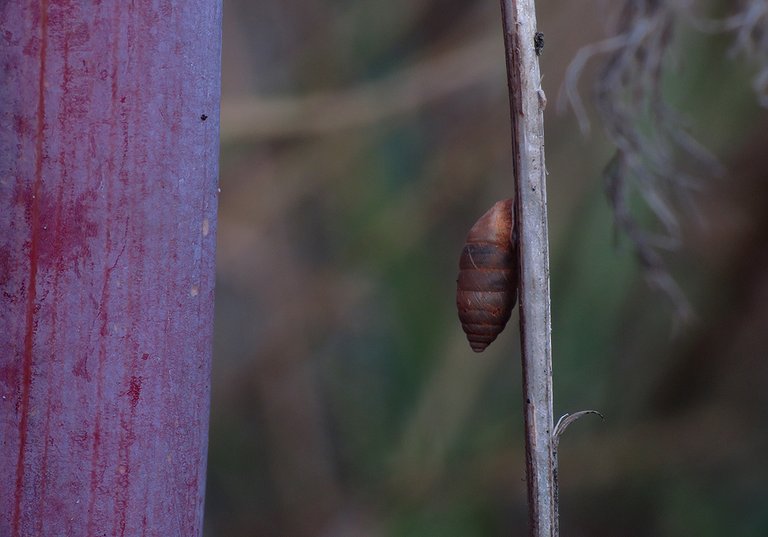
The small snail shown in this and the following two photographs ...
... was sealed inside its elongated shell attached to the dry grass near the Foeniculum vulgare plant.
The name of the species is Granaria frumentum. The family is Chondrinidae.
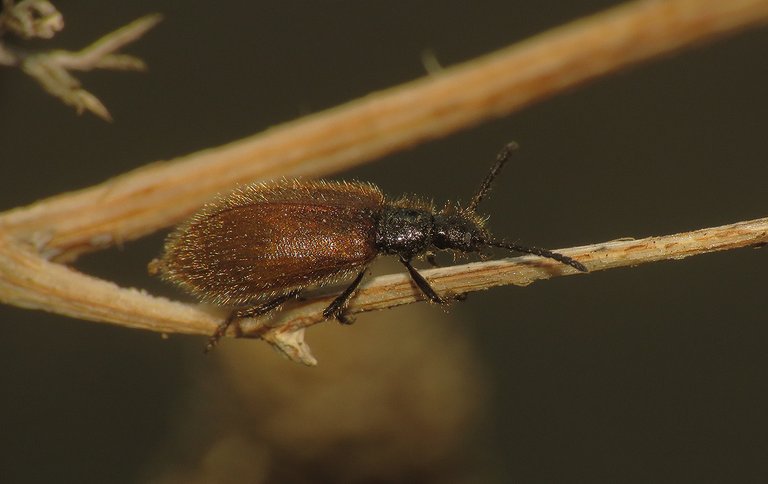
On the dry twigs near the top of the plant, I photographed this small, hairy beetle from the Tenebrionidae family. The name of the species is Lagria hirta.
At one point, while I was photographing the upper part of the plant from a certain distance, a fly from the Syrphidae family entered the scene. Can't tell you the name of the species becouse I can't see enough details of the insect's external anatomy in this non-macro shot. I mean, I wasn't even aware of the fly while photographing, I noticed it only later at home, when I enlarged the picture on the computer screen.
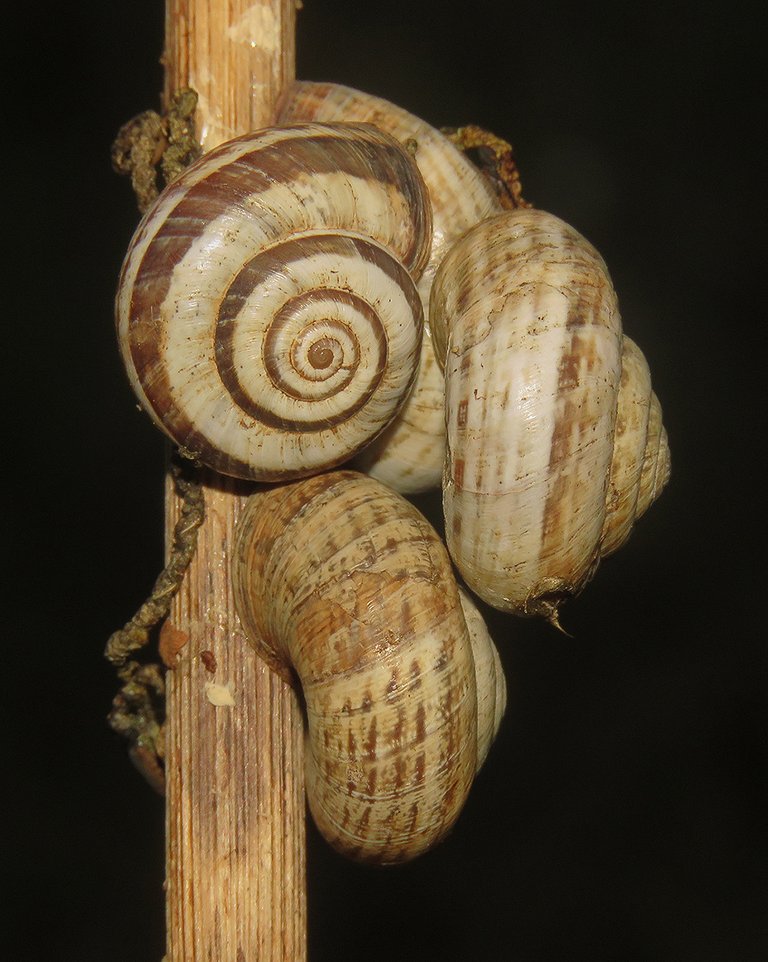
Here you can see a small group of Theba pisana snails. The following photograph ...

... shows a Theba pisana trio, and then the next shot ...
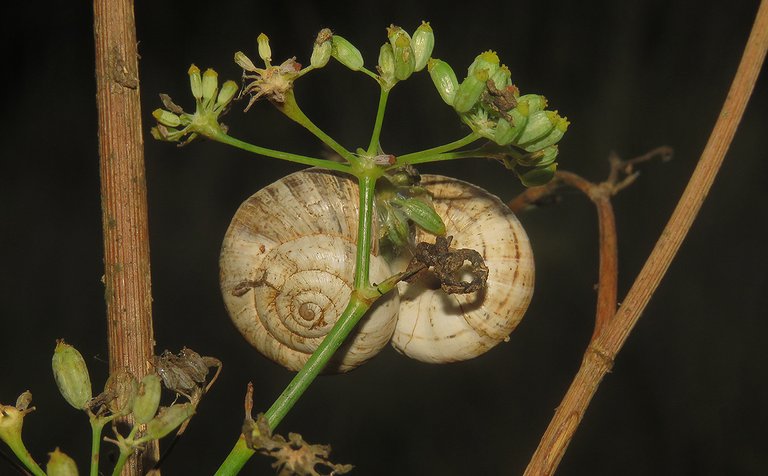
... a duo.

Here you can see two snails of the same species but the age and size are different.

They were all photographed on another almost completely dry Foeniculum vulgare plant.
The entire plant was nicely decorated with little spirals.
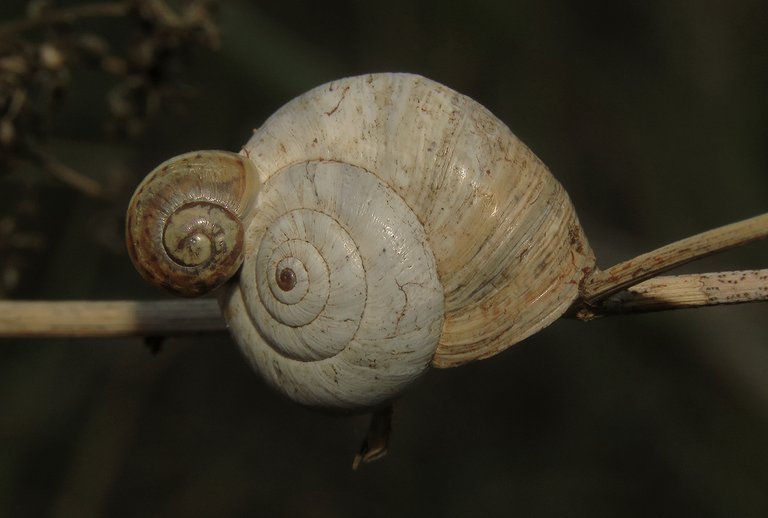
It was a great day for macro. I had plenty of luck on Friday the 13th.
AND THAT'S IT. AS ALWAYS HERE ON HIVE, THE PHOTOGRAPHS ARE MY WORK - THE END.
The following links will take you to the sites with more information about some of the protagonists of this post. I found some stuff about them there.
https://en.wikipedia.org/wiki/Thomisus_onustus
https://en.wikipedia.org/wiki/Amblyptilia_acanthadactyla
https://bladmineerders.nl/parasites/fungi/dikarya/ascomycota/pezizomycotina/dothideomycetes/dothideomycetidae/mycosphaerellales/mycosphaerellaceae/sphaerulina/sphaerulina-westendorpii/
https://en.wikipedia.org/wiki/Minettia_fasciata
https://en.wikipedia.org/wiki/Runcinia_grammica
https://en.wikipedia.org/wiki/Echium_italicum
https://en.wikipedia.org/wiki/Theba_pisana
https://en.wikipedia.org/wiki/Acrida_ungarica
https://truehopperswp.com/species/zyginidia-pullula
https://en.wikipedia.org/wiki/Granaria_frumentum



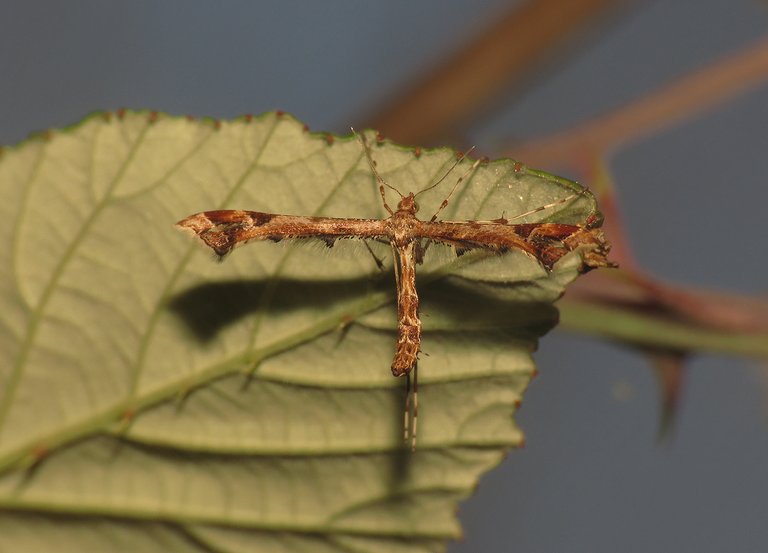
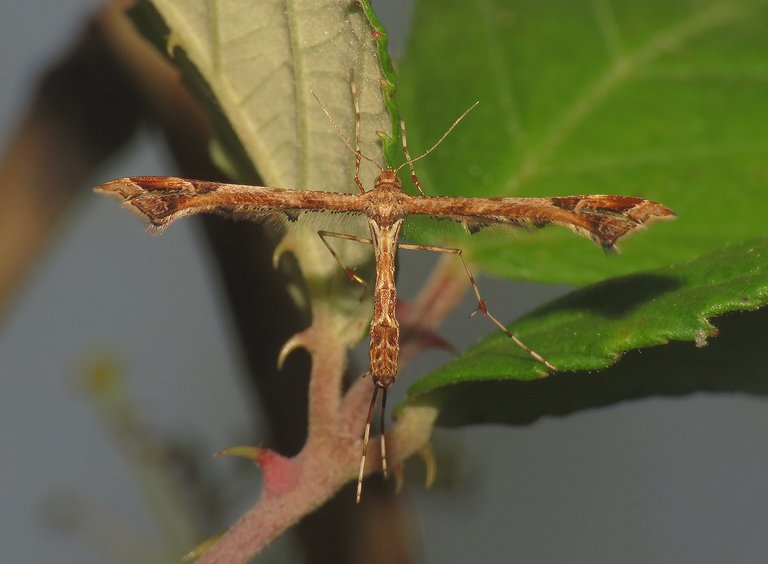
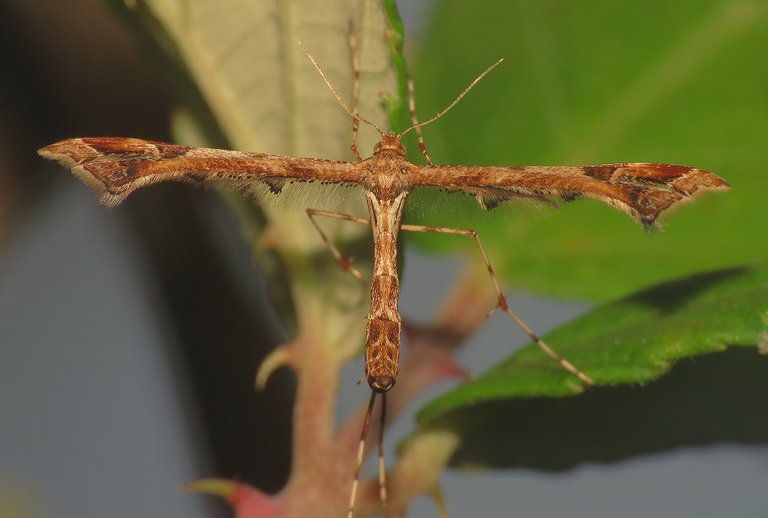

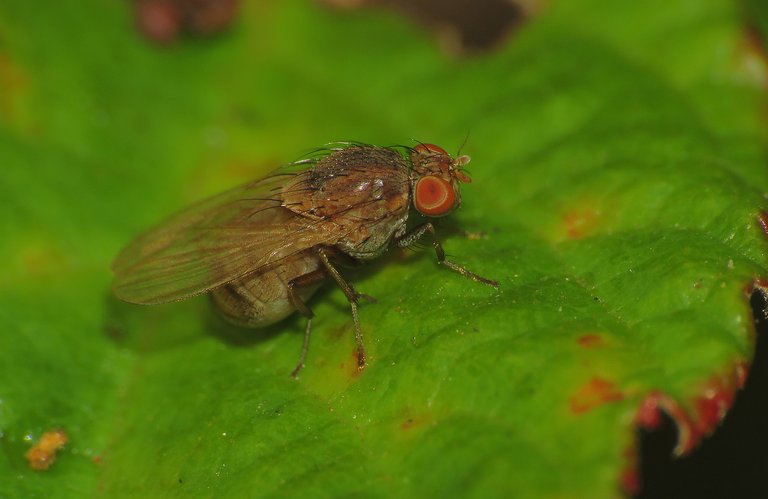
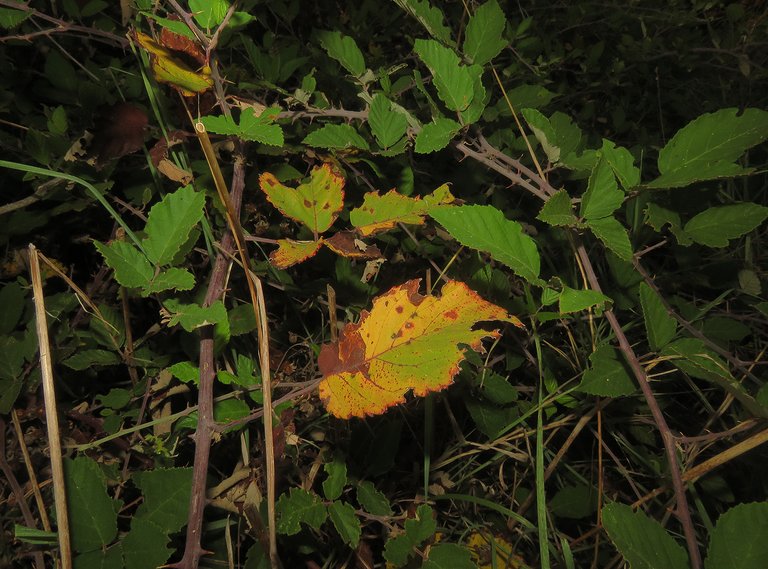
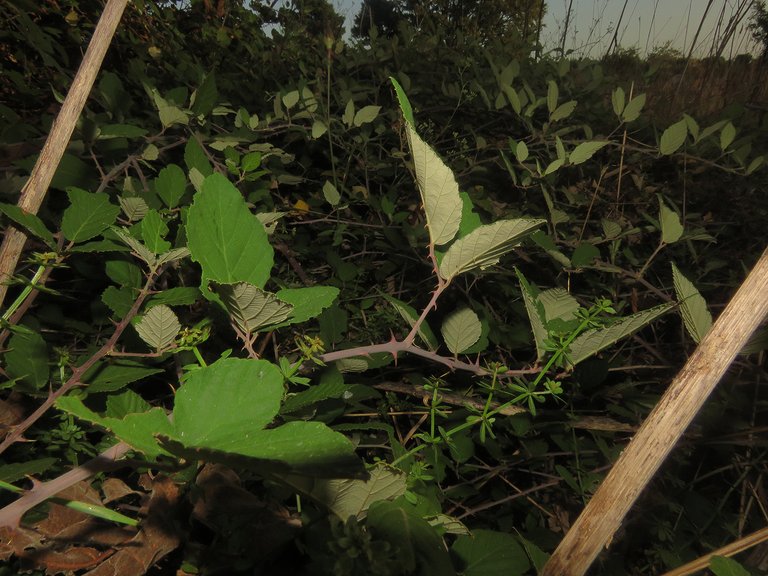

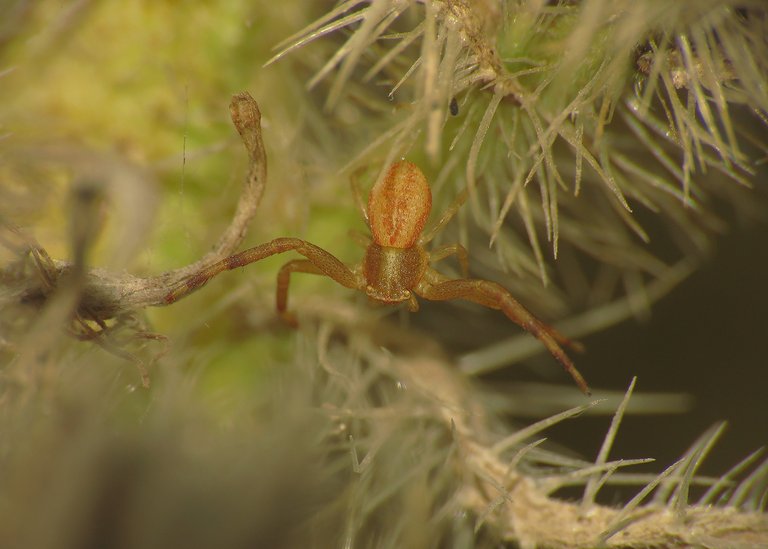





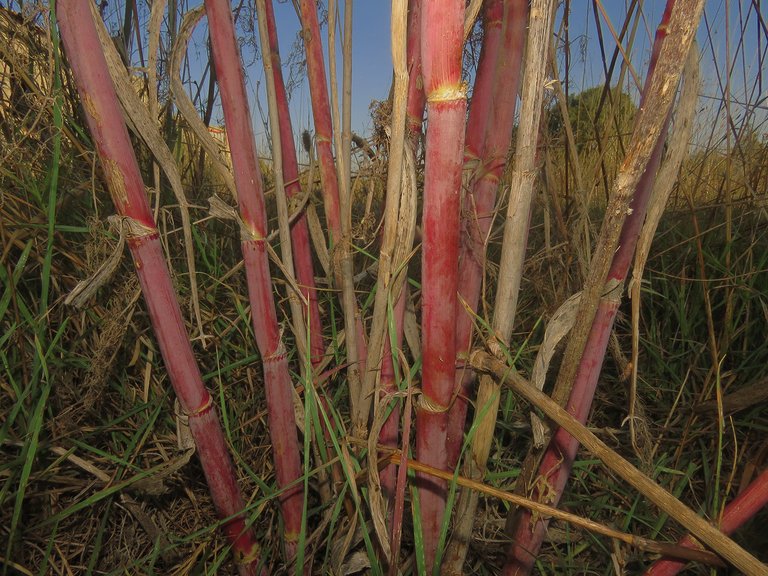

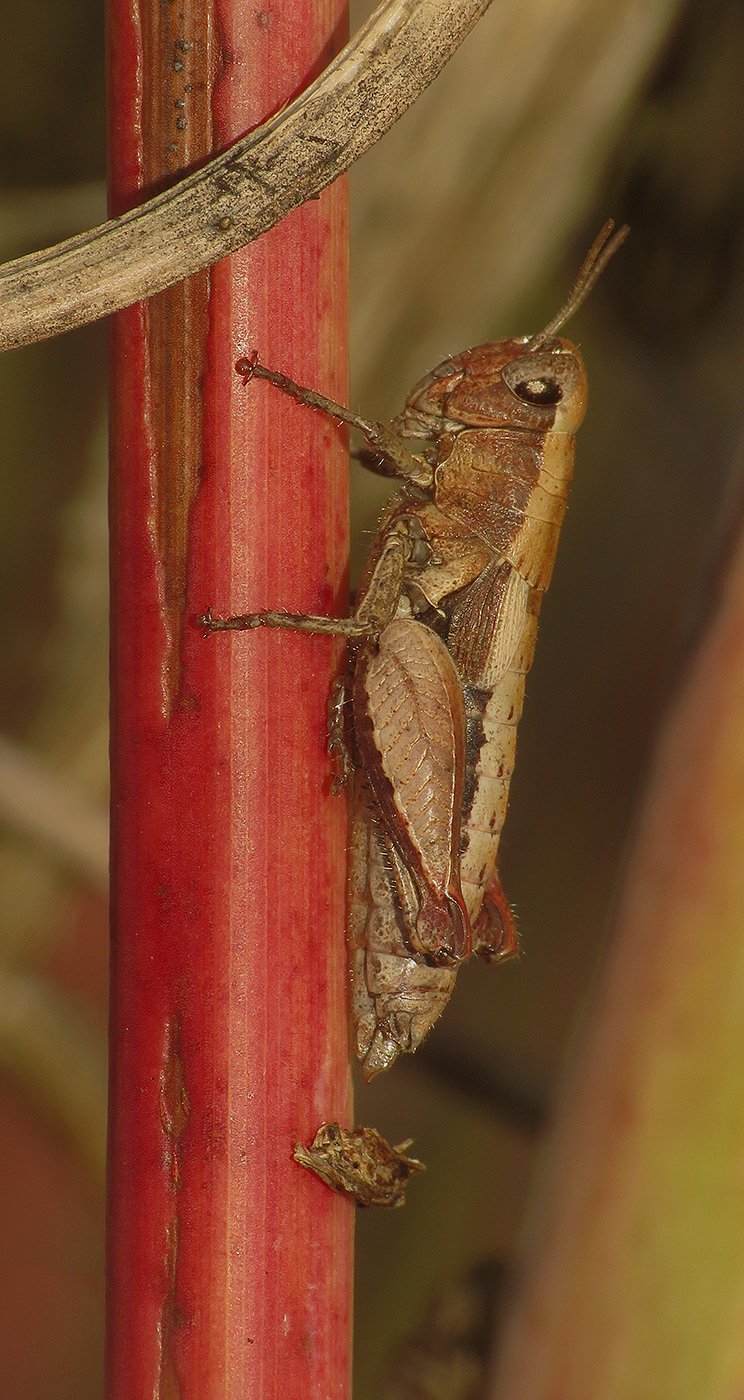




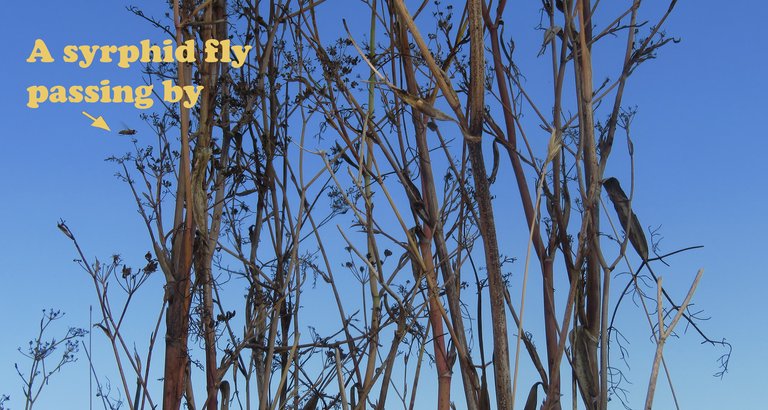
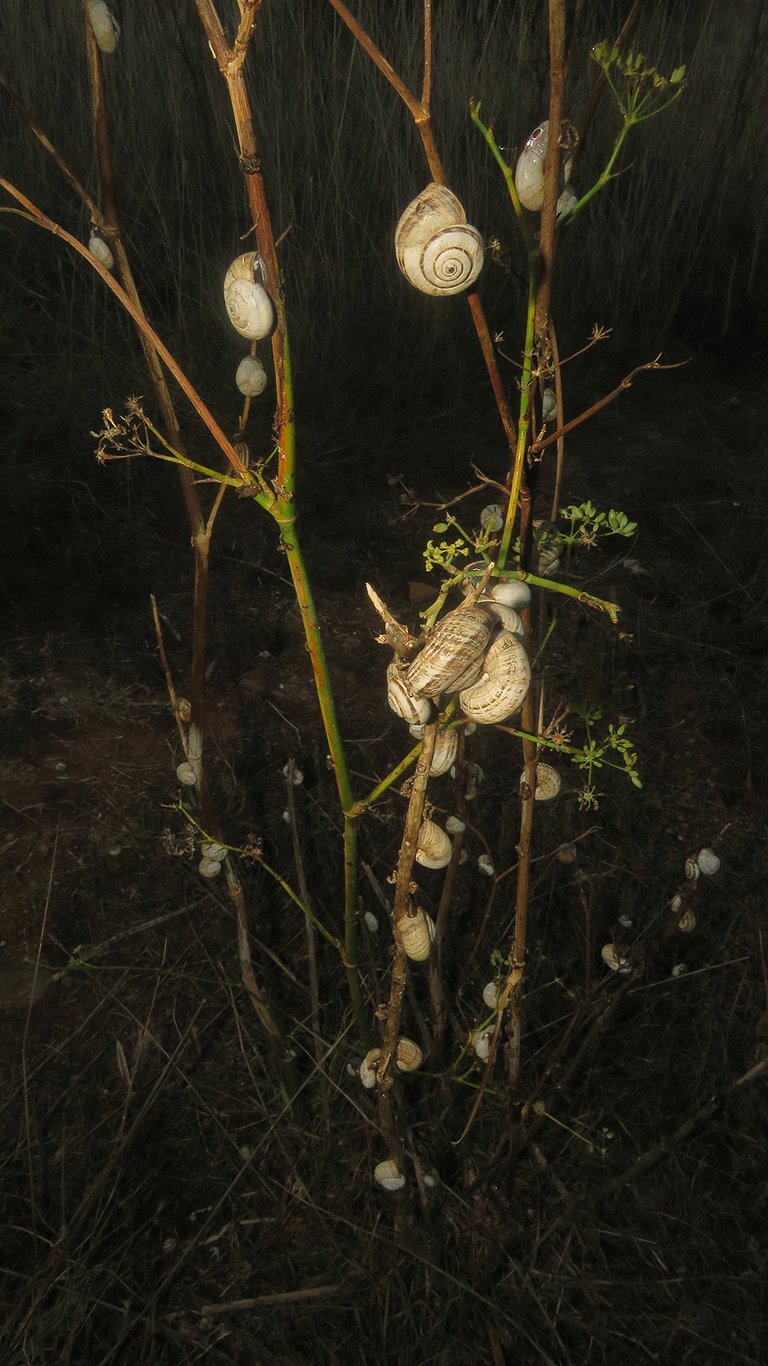
Heheheheheh Marlera again!
Ohhh crab spider? I haven't heard of it before.
Oh Borjan you sure go out of your way to take these pictures, good job my friend!
!discovery 30
Never knew what the name of the cute white spider was until I was today years old: a crab spider. Well, that name makes sense! The crucifix moth is really unique and cool to look at. I thought it was some species of walking stick. What's with all the snail porn at the end of your post?!🐌🐌+🐌 I was counting on fungi photos to finish things! @borjan😅🤣😂
!PIZZA
!PIMP
!LADY
You must be killin' it out here!
@ninahaskin just slapped you with 1.000 PIMP, @borjan.
You earned 1.000 PIMP for the strong hand.
They're getting a workout and slapped 1/1 possible people today.
Read about some PIMP Shit or Look for the PIMP District
😀
Aw man @ninahaskin, you are out of PIMP to slap people.
Go Stake some more and increase your PIMP power.
(We will not send this error message for 24 hours).
Read about some PIMP Shit or Look for the PIMP District
View or trade
LOHtokens.@ninahaskin, you successfully shared 0.1000 LOH with @borjan and you earned 0.1000 LOH as tips. (5/9 calls)
Use !LADY command to share LOH! More details available in this post.
This post was shared and voted inside the discord by the curators team of discovery-it
Join our Community and follow our Curation Trail
Discovery-it is also a Witness, vote for us here
Delegate to us for passive income. Check our 80% fee-back Program
$PIZZA slices delivered:
ninahaskin tipped borjan
@jlinaresp(2/10) tipped @borjan
https://twitter.com/lee19389/status/1717510875886617041
#hive #posh
You have well captured these shots even at dark. Beautiful clicks. I also have listened about why some Peoples have fear of number 13.
I'm familiar of that superstition but I have no idea on its origin. I know about an old American TV series and movie with that name though.
Yes. 🙂 Those are the most famous things with that day and number.
the Amblyptilia acanthadactyla is really nice but has quite a strange shape. I think I saw the same moth maybe different species but the same genus or family., I first thought the wing was broken. !LOLZ
will the plant dies because of the amount of snail climb into it? !LUV !PIZZA
lolztoken.com
It wasn’t mint to be.
Credit: reddit
@borjan, I sent you an $LOLZ on behalf of ekavieka
(1/6)
The plant can support all those snails and more. They eat only the soft, decaying parts of the plant and appear in big numbers at the end of that plant's life cycle, so they aren't a problem in that ecosystem.
Yes, those moths, the Pterophoridae come in many slightly different details and colors but the basic shape is the same. You probably came across some of them.
The fueniculum vulgare plant looks strange to me
I've never seen that before in my entire life
I'm glad I got to know about it
Yes, it's cool to see a new plant or animal. There are so meany interesting species in the world.

That hairy looking "Granaria frumentum" is interesting, and I love the swirling patterns and colours of all the different Snail shells. I think I said before that the Moth looked like a "Cross" shape! A gift from God perhaps !LOL
I think "Halloween" is my favorite Movie in the "Friday 13th" scary theme!
Have a great day Borjan & stay !ALIVE 😎 !VSC
@fun.farms has sent VSC to @borjan
This post was rewarded with 0.1 VSC to support your work.
Join our photography communityVisual Shots
Check here to view or trade VSC Tokens
Be part of our Curation Trail
@fun.farms ha enviado VSC a @borjan
Éste post fue recompensado con 0.1 VSC para apoyar tu trabajo.
Únete a nuestra comunidad de fotografía Visual Shots
Consulte aquí para ver o intercambiar VSC Tokens
Se parte de nuestro Trail de Curación
@borjan! You Are Alive so I just staked 0.1 $ALIVE to your account on behalf of @ fun.farms. (1/10)
The tip has been paid for by the We Are Alive Tribe through the earnings on @alive.chat, feel free to swing by our daily chat any time you want, plus you can win Hive Power (2x 50 HP) and Alive Power (2x 500 AP) delegations (4 weeks), and Ecency Points (4x 50 EP), in our chat every day.

lolztoken.com
I like to mooooove it mooooooove it
Credit: reddit
@borjan, I sent you an $LOLZ on behalf of fun.farms
(1/10)
Delegate Hive Tokens to Farm $LOLZ and earn 110% Rewards. Learn more.
🙂
I haven't really seen the crucifix moth before, it looks like it is constructed. Before I could even read your writeup below, I was like, is this one a cross? LoL! Nature is indeed wonderful.
🙂 Yes, plants and animals can come in surprising shapes and colors.
As usual with your macro photos, these are a splendid display of excellent details... But I fell in love today especially with those photos of beautiful snails!... A delight!
!discovery shots
!VSC
!PIZZA
@jlinaresp has sent VSC to @borjan
This post was rewarded with 0.1 VSC to support your work.
Join our photography communityVisual Shots
Check here to view or trade VSC Tokens
Be part of our Curation Trail
@jlinaresp ha enviado VSC a @borjan
Éste post fue recompensado con 0.1 VSC para apoyar tu trabajo.
Únete a nuestra comunidad de fotografía Visual Shots
Consulte aquí para ver o intercambiar VSC Tokens
Se parte de nuestro Trail de Curación
Yes 🙂 snails always have some lovely spirals to show.
Very nice macro shots as always 😍
Thank you 🙂 glad you like this macro stuff ... or, said in a more colorful way ...
I enjoyed your macro photography post! The photos are all very well-taken and informative. I especially liked the close-up of the red dots on the blackberry leaf, which turned out to be caused by a microscopic fungus. It's amazing to see how much detail can be captured with a macro lens.
Yes, the macro lens is a great tool to explore and enjoy the small details in nature.
How are you dear friend @borjan good morning
I love your macro shots of insects, you can see the details of the insects.
A while ago I came across a cross-shaped insect, and I didn't know what species it belonged to, but I never thought it was a moth.
Beautiful shots, appreciate you sharing with us.
have a great day
Yes, that moth doesn't look like a typical moth. It resembles some kind of big mosquito or something like that.
Thank you. 🙂 I wish a great day to you too ... or, said in a more colorful way ...
https://twitter.com/LovingGirlHive/status/1717593954647175178
I too love horror movies.😍 And if I talk about Marlera, it is hub of insects. Everytime I find different one. Your shots in macro lens worth-seeing of course.
🙂
https://twitter.com/jewellery_all/status/1717655075815121207
Very good macro results... I see red spots on the leaves, is that dangerous for the plant... I like to see flies with beautiful eyes.
Those red spots don't represent a big danger to the plant.
Yes friend. That means it's just an ordinary red spot.
I don't believe in superstition, How someone can think 7, 13 or 15 is my lucky number? from where did you get this information? how numbers determine your luck? but this is the fact, this thing has indulged in our daily life, by who? I don't know. You sense of photography is commendable. I love those snales and flyies you captured. Especially the infected leaves.
Want to Know more about Hivepakistan?
Ping Us On Hive Pakistan Discord server
To support HivePakistan, delegate Hive Power to hivepakistan and earn 90% curation reward :)
Here are some handy links for delegation
A delegation of 500 or more HP makes you earn Hivepakistan supporter badge.
Wow a lesson in biology coupled with a photography exhibit! It is like Hive Geographic when you read your words out loud in the style of a narrator. ;)
I have been trying to pause and look closer at things as i walk these days. Amazing what we can see when we look closely and how much fun it is to share in a post!
🙂 Thank you. Glad you like these macro-reports from my area.
Those mushrooms look like very elegant, well-designed little parasols and the spiky fruit is also cool.
That moth looks so different from what one thinks a moth should look like. And all those snails on that plant! I liked the shot of the little one on the big one.
🙂🐌🐌🐌🐌🙂
@borjan This very small species of crab spider is very tough in hunting its prey,,, a few months ago I discovered it and I really like this species. Among the several images you uploaded, I really like the image of this spider species.